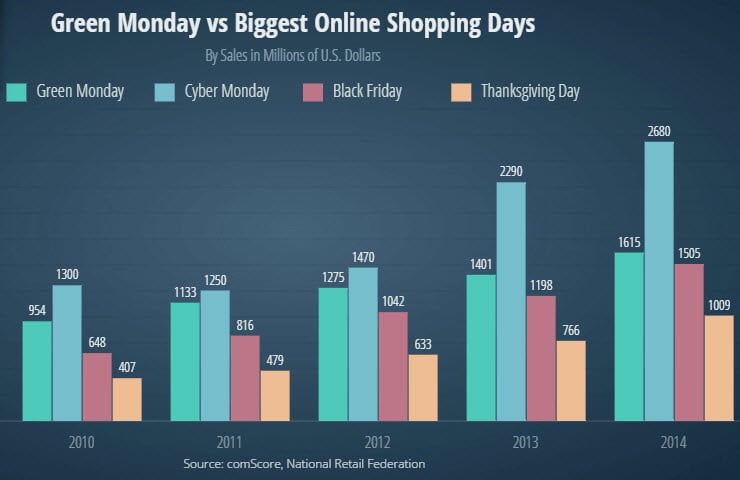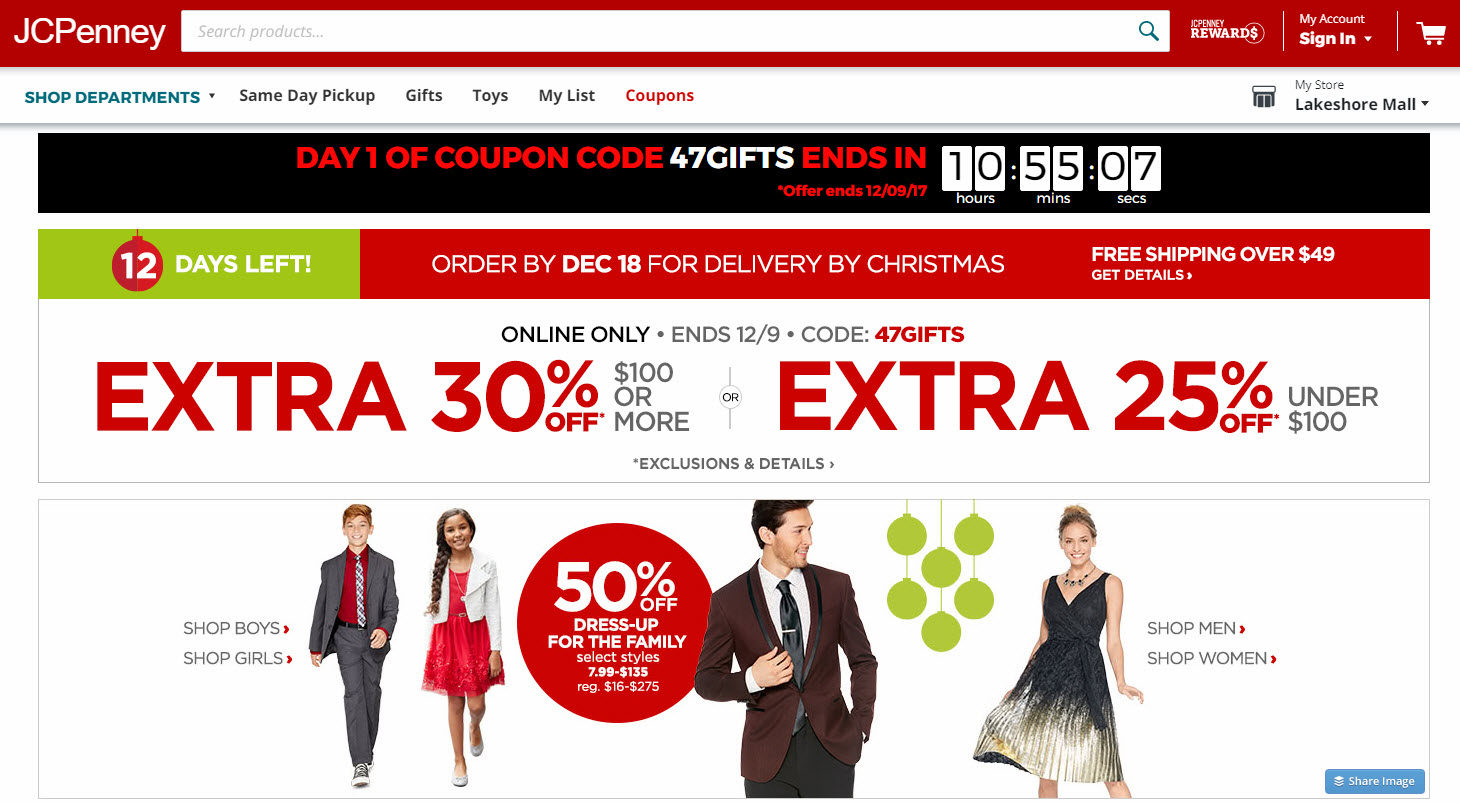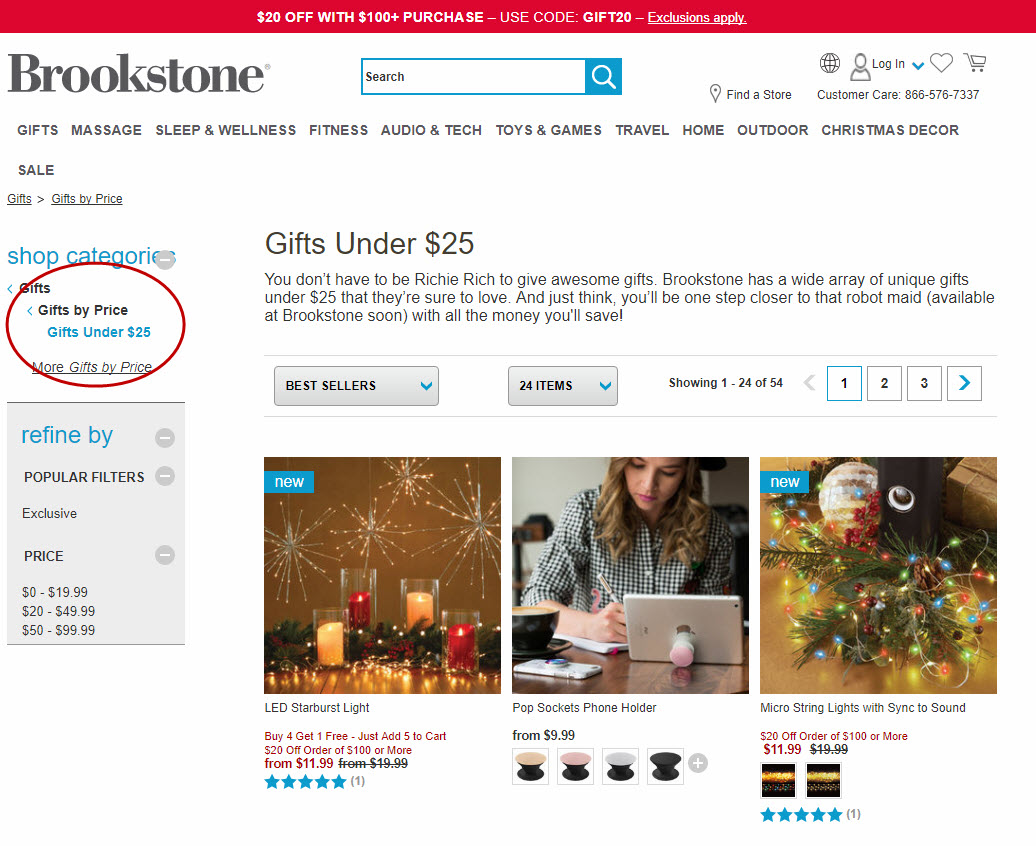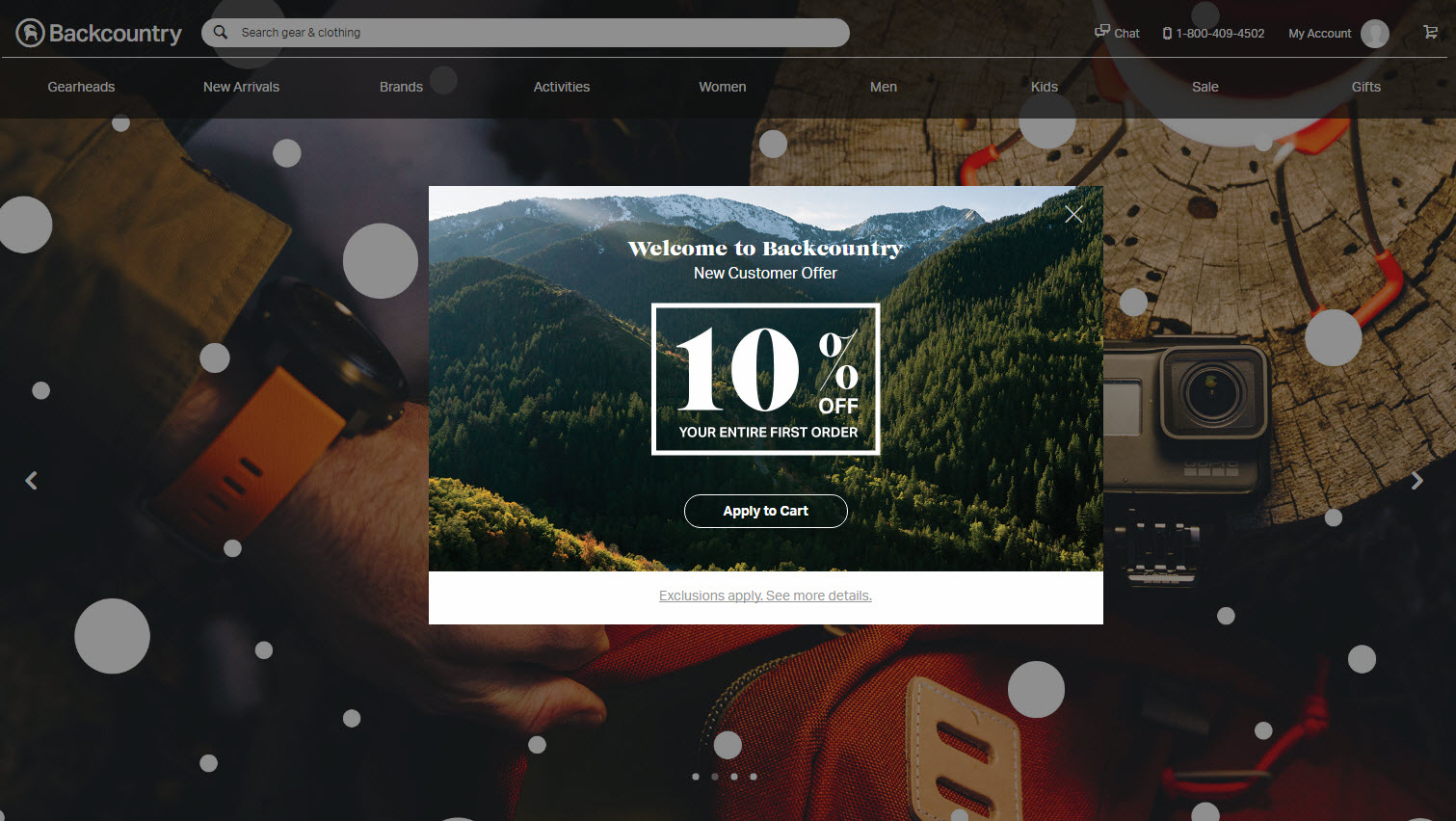Monday, Dec. 11, will mark the busiest online shopping day of the year for many online retailers. Green Monday typically takes place the second Monday of December. The term was coined by eBay after it identified the last Monday that falls at least 10 days prior to Christmas as the best sales day for the month. Over the past few years, Green Monday sales totals have lingered around $1.6 billion.

Green Monday sales increased from about $954 million in 2010 to $1.6 billion in 2014. Sales have lingered around $1.6 billion since then, but the numbers are still higher than Black Friday and Thanksgiving Day. Source: comScore.
If you procrastinated gearing up for the holiday selling season, there’s still time. Here are seven things you can implement quickly to take advantage of Green Monday, as well as Free Shipping Day, which falls on December 15.
7 Ways to Capture Late Holiday Sales
1. Top of page banners. Banners are one of the best ways to alert shoppers to sales, order deadlines, and promos. Most shopping carts have a means to display simple image and text banners at the top of the main shopping area or at the very top of the site.

J.C. Penney uses banners to convey urgency and discounts.
Banner content ideas include:
- Coupon codes. These are the same coupon codes that shoppers would find if they looked online. A countdown conveys a sense of urgency. Be sure to note any restrictions by including an asterisk, which explains more on the site or page footer.
- Countdown to final order deadlines. JCPenney.com counts down to December 18, which is typically the last day to ensure delivery by December 25.
- Sales or promos. This includes sales across categories or buy-one get-one promotions.
- Donation alerts. If your business is supporting a charity this holiday season, tell your shoppers. If it’s a percentage of sales, tell them that as well. The holidays are a time for giving, and shoppers support businesses that give back.
- Free shipping offers. Shipping costs are still one of the primary reasons for cart abandonment. Free shipping remains a main reason people buy from a particular store.
- Guaranteed delivery times. If you can guarantee arrival by Christmas, a banner that tells them up front increases the chance of more browsing and more conversions.
2. Gift guide. Gift guides typically feature the best-selling gifts, as well as gifts by price range. You can create one on the fly using categories and best-selling reports. If your store relies on customer reviews, it’s best to choose products that have several reviews and strong overall ratings. Also, be sure to list gifts in various price ranges. Depending on what you sell, the lowest range could be $25 or even $10.

Brookstone provides a complex gift guide that includes various price ranges.
3. Return and exchange policies. Making a flexible policy apparent helps close more sales. Shine a spotlight on how long shoppers have to exchange or return products. If the policy is 30 days or less, consider extending it through at least the middle of January. This gives gift recipients time to unwrap and check out their gifts. It also instills more trust in your company.
4. Popovers that provide discounts and coupons. Web page overlays can help convert more final-weeks shoppers into customers. Some email marketing campaigns provide scripts for these, or you can use, for example, a free version from SumoMe to create your own. Note that collecting email addresses isn’t required. You can use popovers to display all sorts of information.
As I explained in an earlier article, popovers should not appear instantly. Instead, use popovers that can be timed to display after the shopper has spent some time on the page. Other options include slide-ins at the bottom right. These are similar to popovers, but are less intrusive on the prime viewing area of the page.

Popovers are typically used to collect email addresses, but you can use them to convey information, too. Be sure to check analytics on how the use of popovers affects the site’s exit and bounce rates. Source: Back Country.
5. Manned live chat. If your store features live chat, now is the time to make sure reps are available to answer questions. If they aren’t, shoppers are apt to go elsewhere. Some live chat services provide apps for on-the-go messaging.
6. Special notice about delivery times at checkout. Consumers that shop for holiday gifts want to know if their order will arrive in time. Be sure to list cutoff times for various ship methods in the header of the page, where they select the shipping method. If possible, also include notations next to the ship method options. Use terms like “arrives by Christmas” or “may not arrive by Dec. 25.”
7. Bonus or discounted gift certificates. Discounted certificates allow the shopper to buy a $25 gift certificate for, say $20 to $22. Discounts can be appealing when purchasing certificates for sites the shoppers themselves don’t normally shop. While gift certificates are counted as a liability (accounting wise), they can bring in more cash now. Plus, while a portion of certificates is never redeemed, many customers spend more than the face value. That means increased sales down the road.
